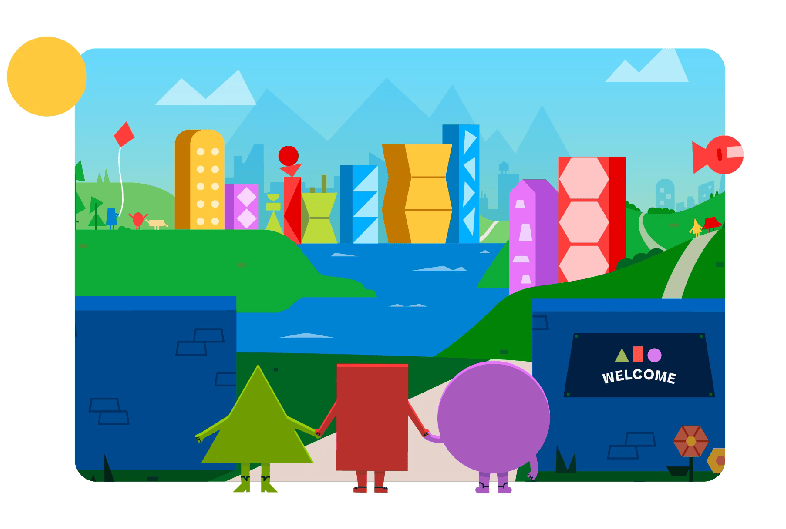
OK, shuffle the deck and draw four cards. Place them face up, in no particular order. Your job: pair them into two-digit numbers with the lowest possible difference between them.
If you draw a 3, a 9, and two 8s, you’re not going to want to make them into 98 and 38. 89 and 83 might be a better move.
Whatever pairs you create, you’re likely more engaged by this challenge than you might have been by the invitation: “Let’s practice subtracting two-digit numbers!”
That’s just one of the benefits of integrating math fact fluency games and other math-driven games into your classroom.
A special live recording of Math Teacher Lounge at NCTM 2023—in which host Dan Meyer plays the above card game—explores how games can not only help build math fluency, but also help bring joy into the classroom.
As Dan notes during the live show, playing a game creates an energy shift in the room: “There’s like a moment of activation for a game versus a worksheet, where people are kind of murmuring and chattering,” he says. “I just want to, like, catch the vibe.”
Let’s find out more.
Math facts fluency, defined
When we think of fluency, we might think of speaking or reading a language. But fluency is also a goal in learning math. (And it’s the theme of this entire season of Math Teacher Lounge!)
As discussed in this post, the word “fluency” comes from the Latin fluentia, which means “flowing.” When applied to math facts for kids, it means ”skill in carrying out procedures flexibly, accurately, efficiently, and appropriately,” says Dan. As with someone fluent in a language (or a recipe), someone fluent in math is able to think and calculate mathematically without struggle or effort—that is, with fluidity.
Podcast co-host and elementary educator Bethany Lockhart Johnson provides this informal definition: “It’s that thing you don’t even think about anymore. ‘Cause it’s in there. You’re not still thinking about addition facts, because you’ve got it. And it fuels you. It’s the foundation that allows you to do all the other cool stuff.”
Math facts for kids through games
How do games help with all of this?
They can help make math more fun, for sure—but that’s just a start.
Podcast guest Jennifer Bay-Williams, Ph.D., a math education professor at the University of Louisville, Kentucky, knows that the learning and practicing of basic math facts can be rote and dull—but it doesn’t have to be. She likes to ask teachers: “How can you bring more joy to the learning of math, in a serious way?”
As this Edutopia article notes, “effective games…link content with low-stakes competition and can provide a more collaborative, engaging classroom experience—especially for students who may struggle to focus or find their niche in learning.”
There’s plenty of research to show that games can boost student participation, comfort with taking risks, interpersonal skills and classroom community, and positive attitudes toward learning. For kids with ADHD and dyslexia, they can also help improve focus and certain types of attention that support improved reading. All of this can help students get the practice and comfort with math they need to build the fluency they require.
But that doesn’t mean math class should be all fun and games. It’s important to integrate games into instruction thoughtfully and with purpose. As Bay-Williams says, she makes sure to ask teachers, “Really, why are we doing the game?”
Fluency games in Desmos Classroom
Desmos Classroom offers numerous math fluency games for all grade levels.
- K–5 educators should check out the Desmos K–5 Math Routines collection, including Guess My Fraction in grades 3–5 (for instructions, see this Instagram explainer from Kristin Gray).
- 6–12 educators should check out the 6–12 activities collection for more examples of math fluency games such as Battle Boats.



